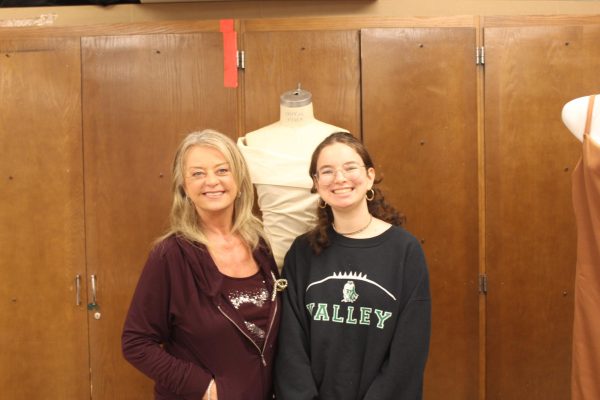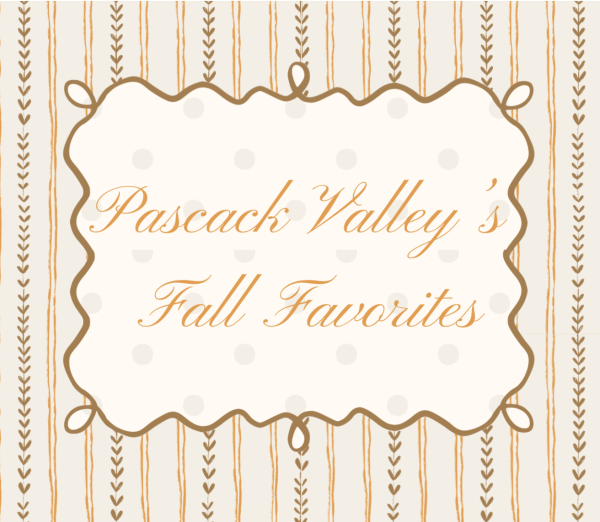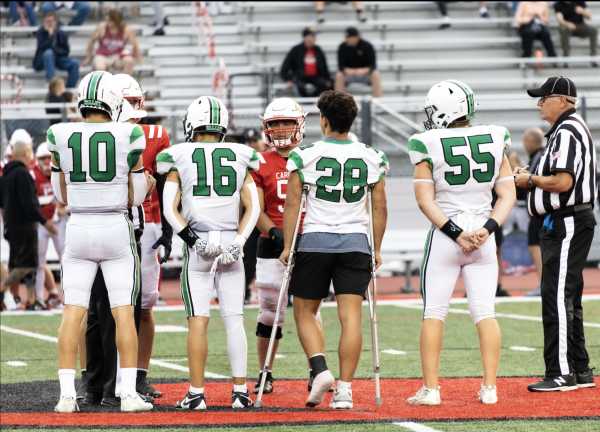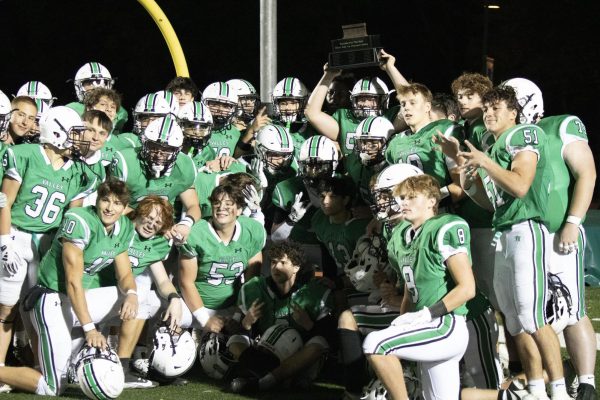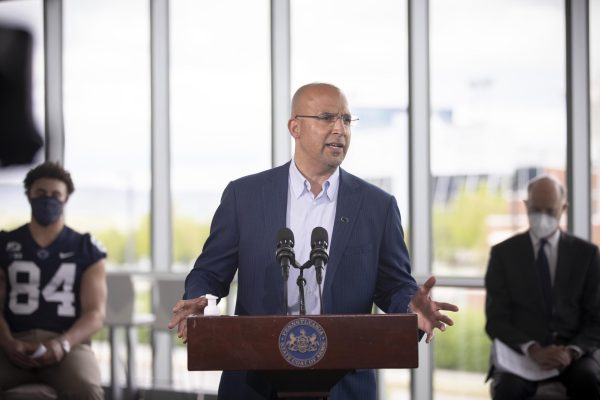The truth behind Native American myths in pop culture
(Editor’s Note: Prior to the Board of Education’s decision to retire Pascack Valley’s Indian mascot and nickname in June, several community members argued that the mascot misrepresented Native Americans. This got us at the PV Student Publication thinking…Where else are Native Americans possibly being misrepresented? It turns out that there are many misconceptions in media and pop culture, as well as in the origins of Thanksgiving. In our ninth installment of our “What’s in a Name?” coverage package, Staff Writer Treshan Nilaweera debunks popular Native American misrepresentations.)
 While Thanksgiving is a nationally celebrated holiday, contrary to popular belief, its origin story is often misrepresented. The story of Thanksgiving is riddled with misinformation and commonly softened up for younger audiences. To start, the Pilgrims that participated in Thanksgiving were not the first Europeans to arrive in America, as is often told in children’s books and media. Rather, the Wampanoag Tribe (who the Pilgrims encountered) had been in contact with Europeans for about a century. The tribe, weakened by previous conflicts with Europeans and diseases, reached out to the pilgrims because its leader – Chief Ousamequin – believed an alliance with the Pilgrims would protect the Wampanoag from rivals.
While Thanksgiving is a nationally celebrated holiday, contrary to popular belief, its origin story is often misrepresented. The story of Thanksgiving is riddled with misinformation and commonly softened up for younger audiences. To start, the Pilgrims that participated in Thanksgiving were not the first Europeans to arrive in America, as is often told in children’s books and media. Rather, the Wampanoag Tribe (who the Pilgrims encountered) had been in contact with Europeans for about a century. The tribe, weakened by previous conflicts with Europeans and diseases, reached out to the pilgrims because its leader – Chief Ousamequin – believed an alliance with the Pilgrims would protect the Wampanoag from rivals.
While the famous dinner that Thanksgiving is centered on is about a good harvest, The New York Times states that the Pilgrims invited the Wampanoag tribe to a feast. According to Kate Sheehan, a spokeswoman for the Plimoth Plantation (a history museum in Plymouth), “The English-written record does not mention an invitation, and Wampanoag oral tradition does not seem to reach back to this event.” No one is really sure how the Native Americans and Pilgrims ended up eating together, but it could have been due to the fact the Native Americans were harvesting close to the Pilgrims or the Native Americans could have been making a diplomatic visit.
The story of Thanksgiving normally ends with the feast, but the alliance between the Wampanoags and Pilgrims deteriorated over time. Due to European expansion into America, relations between the Wampanoags and Pilgrims broke down. Eventually, the two groups went on to fight in King Philip’s war, where the Europeans defeated King Philip and forced out or subjugated the Native Tribes in the area.
Sources: The New York Times, Smithsonian Magazine
Pocahontas
The Disney version of Pocahontas, depicting the Native American woman falling in love with European sailor John Smith, is inaccurate. According to Smithsonian Magazine, Pocahontas wasn’t actually her real name—it was a nickname that meant “ill-behaved child” or “playful one.” Pocahontas was also her mother’s name, who died during childbirth. Her real name was Matoaka which meant “flower between two steams,” according to Indian Country Today. While sources debate over Pocahontas’ true age, it can be agreed that she was anywhere from 10 to 12-years-old.
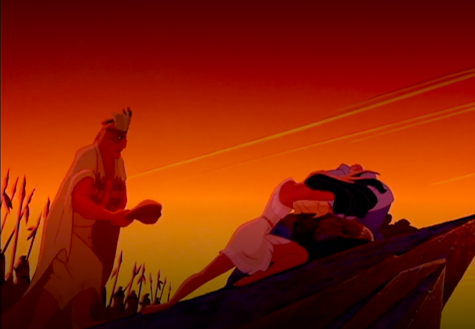
In the Disney movie, Pocahontas is shown protecting Smith from being executed by her father; however, this is incorrect. She didn’t save Smith’s life and according to Mattaponi oral history, Smith was never actually in any danger. Instead, he was offered the position of “werowance” – or leader of the colonists – from Chief Wahunsenaca, Pocahontas’ father. Pocahontas married Kocoum, a warrior from her tribe, when she was around 14-years-old and gave birth to a baby. A few years later, she was kidnapped by another European captain and later raped several times. She eventually married John Rolfe and was pressed into converting to Christianity. Due to this, she was paraded around Europe as a success story about “civilizing” Native Americans. She died at the age of 21, far away from her home, family, and tribe.
Sources: Smithsonian Magazine, Indian Country Today
Native Americans were savages
In movies, Native Americans are often portrayed as being savage and brutal. However, in reality, they were often very civil towards Europeans. According to Christopher Columbus, “[Native Americans]…brought us parrots and balls of cotton and spears and many other things, which they exchanged for the glass beads and hawks’ bells. They willingly traded everything they owned… They do not bear arms, and do not know them, for I showed them a sword, they took it by the edge and cut themselves out of ignorance.” While Native Americans did have warriors and participated in brutal battles, they were multifaceted and had much more to their culture than war.
Sources: Los Angeles Times
Native Americans were technologically primitive
It is a common idea that Native Americans were technologically primitive and while this idea has some basis, as they didn’t have guns or steel tools, they actually invented advanced devices that even trumped what Europeans had at the time. According to History.com, Native Americans invented rubber, snow goggles, cable suspension bridges that sometimes stretched farther than what Europeans built in stone, anesthetics, and syringes long before Europeans. At the time, they had much better hygienic practices than Europeans. There is also evidence to suggest that Native Americans were able to selectively cultivate corn. The grain that corn comes from doesn’t actually grow in the wild and cannot live without human help. This appears to show that corn was an invention of ancient Native American agriculturists, rather than something they discovered.
Sources: History,com, “An Indigenous Peoples’ History of the United States”
Native Americans fought Cowboys
Cowboys vs Indians is one of the basic principles of the wild west — for generations, kids have played games about the idea of Cowboys and Indians fighting. Yet, this concept is completely wrong. Cowboys weren’t rowdy, lone wolf, gunslingers who explored the wild west. In actuality, they were farmhands who herded cattle from one location to another.
Cowboys didn’t often encounter Indians and, if they did, they were more likely to have traded with them than fought them. In fact, they intentionally directed their cattle trails away from Native American tribes to avoid engaging with them. It was actually the settlers who lived by the frontier who often clashed with the Native Americans, as well as the government who had to fight for control of land – not the cowboys. Conflicts between the government and Native Americans include King Philip’s War, Queen Anne’s War, the Sand Creek Massacre, the Seminole Wars, and battles like the Battle of Tippecanoe and the Black Hawk War.
Sources: Esquire, History.com

Treshan Nilaweera is a senior and is The Valley Echo's first Tech Editor. He assists with anything related to the website, including working with SNO to...




